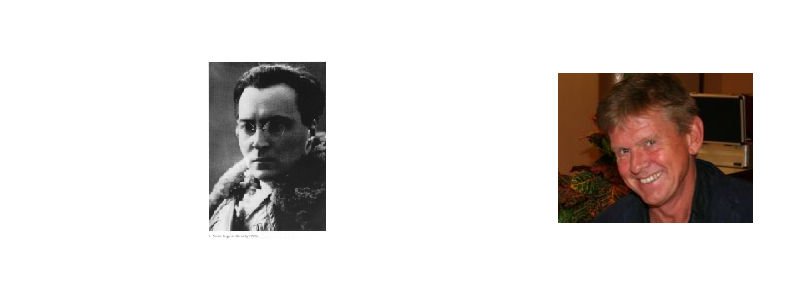 Stalin’s killings created the first holocaust, destroying a whole generation of revolutionaries, the bloodiest counter-revolution so far in history.
Stalin’s killings created the first holocaust, destroying a whole generation of revolutionaries, the bloodiest counter-revolution so far in history.
Victor Serge (summary), in Susan Weissman: The Course is Set on Hope,Verso, London, 2001.
Victor Serge (1890-1947) was a democratically oriented French-Russian left-wing intellectual, who was persecuted first in France, and later in the Soviet Union. He criticised power misuses by the Bolsheviks and joined the left opposition trying to stop Stalin from taking over, serving several prison sentences and barely escaping from the Soviet Union.
Serge wrote about Stalin’s repression:
“The average man, who cannot conceive that lying on this scale is possible, is taken unawares (..) Outrageous language intimidates him and goes some way to excuse his deception: reeling under the shock [of the Moscow trials] he is tempted to tell himself that there must, after all, be some justification of a higher order passing his own understanding. (..) In any case, it was not a matter of persuasion: it was, fundamentally, a matter of murder. One of the intentions behind the campaign of drivel initiated in the Moscow Trials was to make any discussion between official and oppositional communists impossible. Totalitarianism has no more dangerous enemy than the spirit of criticism, which it bends every effort to exterminate.” (Quoted by Weissman, p. 209).
Weissman’s book is very highly recommended.
As regards “lying on this scale” it is useful to consult Nazi propaganda minister Goebbels, who had the same conviction that if your lie is great enough, you will succeed.
Weissman’s book includes photos and affectionate drawings by Victor Serge’s son, Vlady. A few are reproduced here, in the interest of further research.
Below, at left, Victor is pictured with his family, and at right, painted by his son, in exile, in the early 1930s, He does not look famished or depressed. This may have been made when the democratic alternatives still seemed to have a chance in the new Soviet Union.
However the Serge family were shocked by the news of increasing persecution. Here is Vlady’s impression of Stalin’s killings:
This is an utterly amazing and horrendous portrait, made by a young artist. Later research has shown that Vlady Serge’s “premonitions” were true. Millions of people lost their lives in Stalin’s death camps.
In the photos below, shown in Weissman’s book, the young artist is shown at top; next are his sketches of Victor having escaped Soviet persecution:
Vlady pictures his father troubled, and somewhat impatient, bottom right, hand in pocket. This is much like Victor emerges, in the photo below, in France. The men are perhaps discussing potentials for anti-nazi resistance. They seem to be filled with action, quite optimistic. Despite much persecution, Victor Serge did not hang his head.
As the Stalinist repercussion hardened, all opponents were lumped into one case – enemies of the Soviet Union. Leon Trotsky, below, in a sense “profited” on this treatment, becoming “enemy number one”. Here is a picture of Trotsky, close to Serge’s visit.
This position of Trotsky and Trotskyism as the number one alternate to Stalinism was effectuated not least by Stalin himself – after one of his many hit-man gangs managed to kill the arch-enemy in August 1940.
Serge was symphathetic to many points made by Trotsky but he was not a Troskyite, as Weissman’s book documents. Serge did not live to write down a history or greater theory of what happened. Yet his independent viewpoints are very valuable and important.
See further
Holter, Ø. G. 2004e: “A theory of gendericide”, In Jones, Adam, ed.: Gendercide and genocide. Vanderbilt University Press, Norman
Holter, Ø. G 1984d: ”Sosialismens herredømme: kvinner og menn i Sovjetøkonomien” (Socialist Patriarchy: Women and Men in the Soviet Economy”), Materialisten 4, 1984, 41-62. See text.

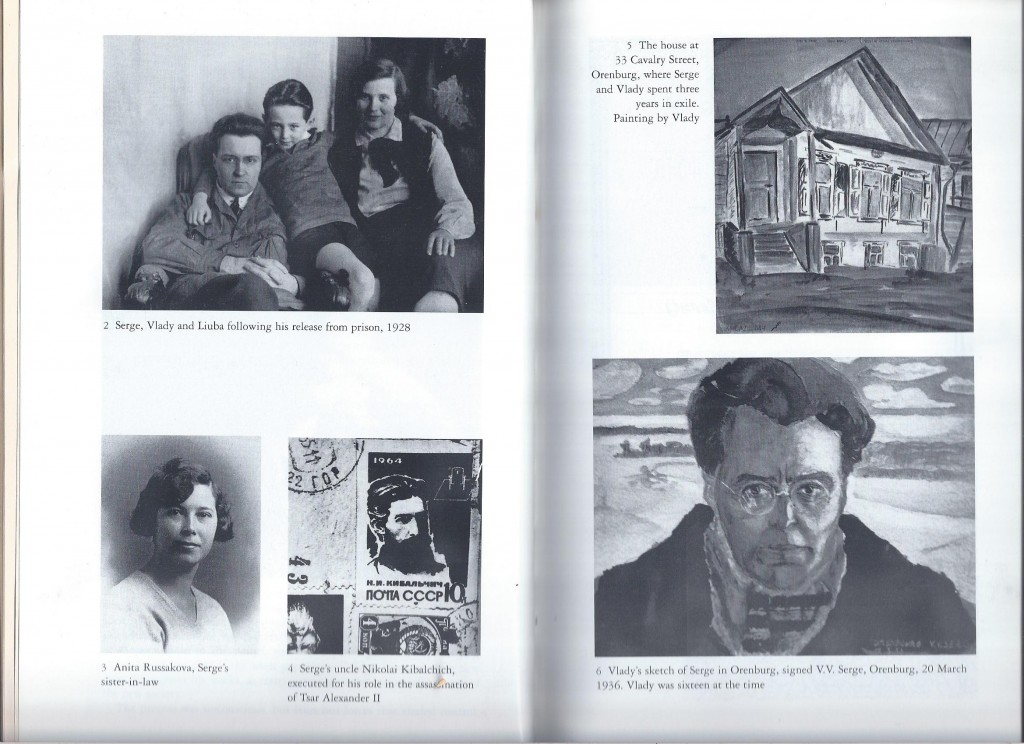

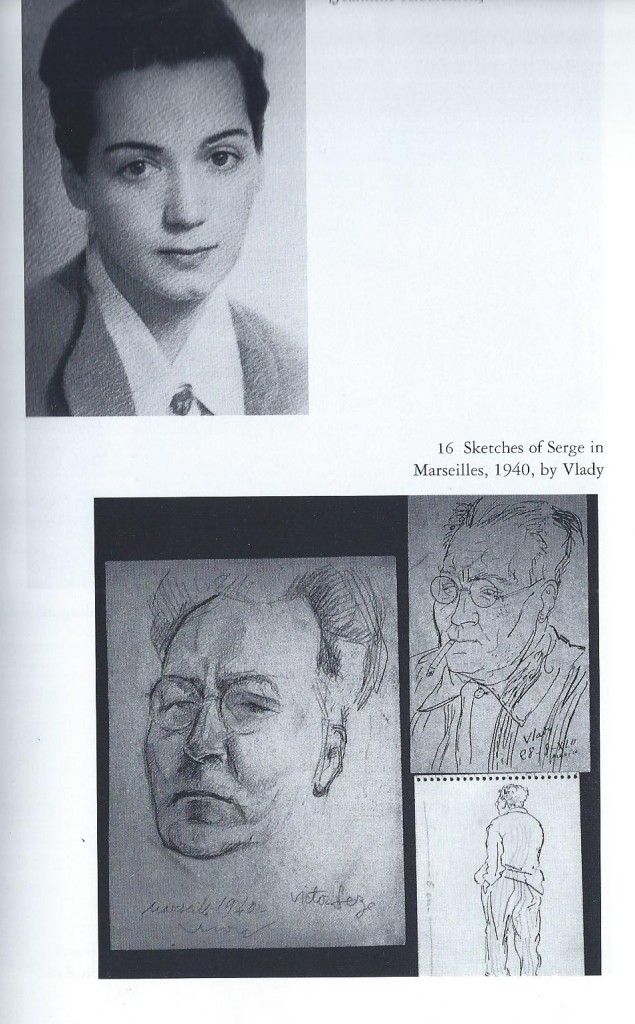
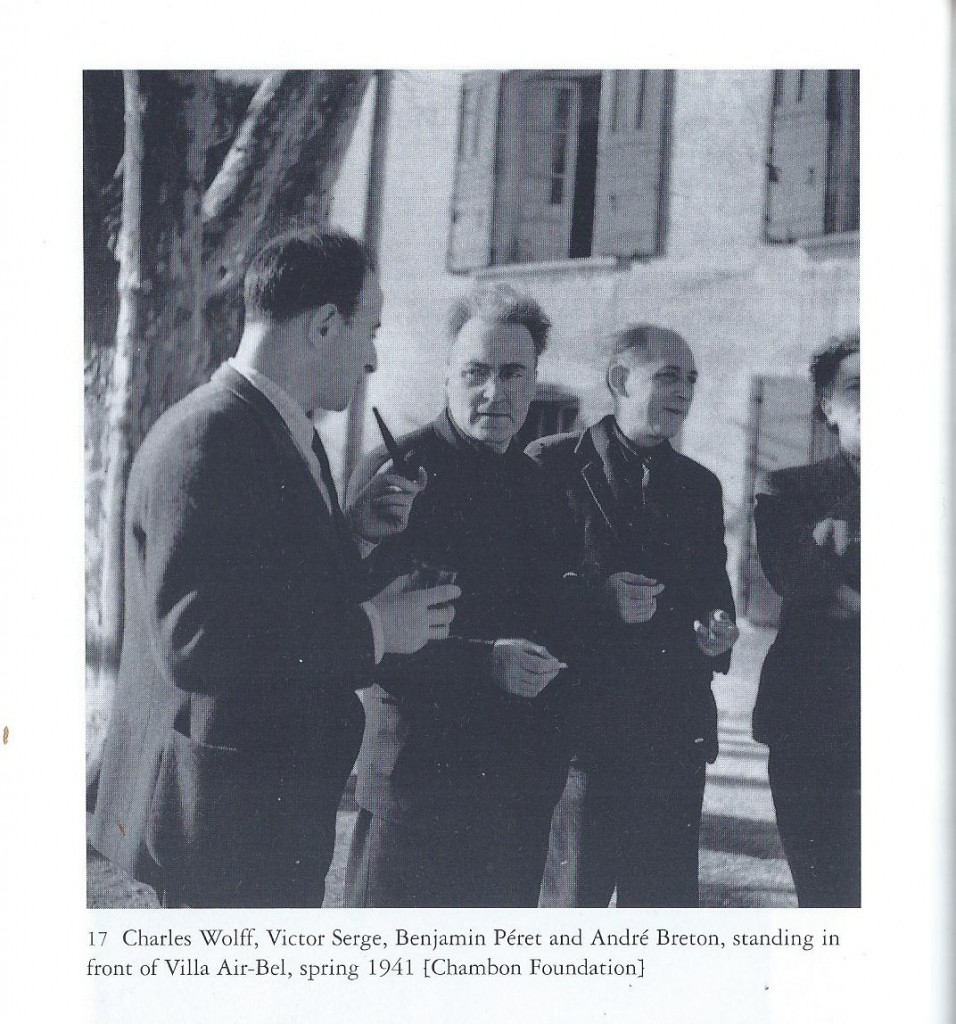
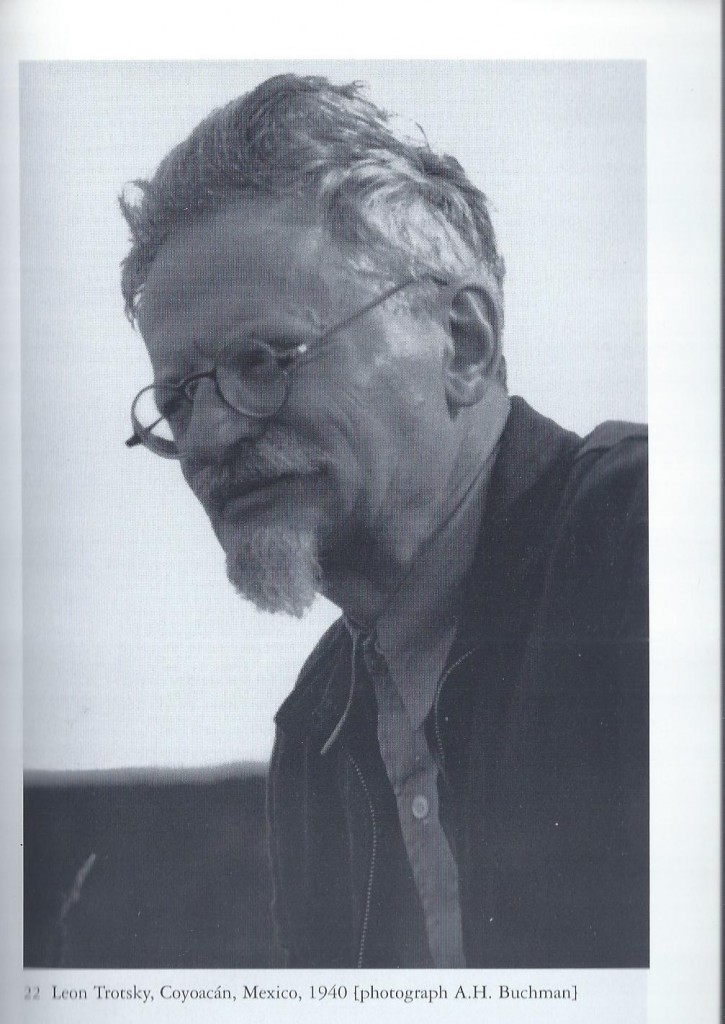


[…] On how Stalinist repercussi0n hit men – persecution never before seen on the left, see further on Weissman, The Course is Set on Hope. […]